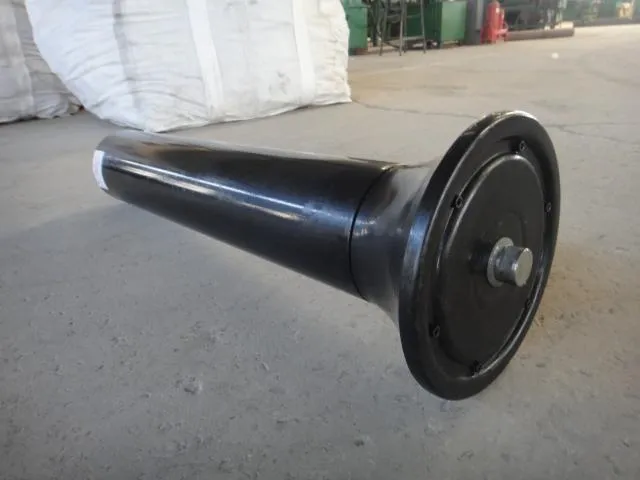 Afrikaans
Afrikaans  Albanian
Albanian  Amharic
Amharic  Arabic
Arabic  Armenian
Armenian  Azerbaijani
Azerbaijani  Basque
Basque  Belarusian
Belarusian  Bengali
Bengali  Bosnian
Bosnian  Bulgarian
Bulgarian  Catalan
Catalan  Cebuano
Cebuano  Corsican
Corsican  Croatian
Croatian  Czech
Czech  Danish
Danish  Dutch
Dutch  English
English  Esperanto
Esperanto  Estonian
Estonian  Finnish
Finnish  French
French  Frisian
Frisian  Galician
Galician  Georgian
Georgian  German
German  Greek
Greek  Gujarati
Gujarati  Haitian Creole
Haitian Creole  hausa
hausa  hawaiian
hawaiian  Hebrew
Hebrew  Hindi
Hindi  Miao
Miao  Hungarian
Hungarian  Icelandic
Icelandic  igbo
igbo  Indonesian
Indonesian  irish
irish  Italian
Italian  Japanese
Japanese  Javanese
Javanese  Kannada
Kannada  kazakh
kazakh  Khmer
Khmer  Rwandese
Rwandese  Korean
Korean  Kurdish
Kurdish  Kyrgyz
Kyrgyz  Lao
Lao  Latin
Latin  Latvian
Latvian  Lithuanian
Lithuanian  Luxembourgish
Luxembourgish  Macedonian
Macedonian  Malgashi
Malgashi  Malay
Malay  Malayalam
Malayalam  Maltese
Maltese  Maori
Maori  Marathi
Marathi  Mongolian
Mongolian  Myanmar
Myanmar  Nepali
Nepali  Norwegian
Norwegian  Norwegian
Norwegian  Occitan
Occitan  Pashto
Pashto  Persian
Persian  Polish
Polish  Portuguese
Portuguese  Punjabi
Punjabi  Romanian
Romanian  Russian
Russian  Samoan
Samoan  Scottish Gaelic
Scottish Gaelic  Serbian
Serbian  Sesotho
Sesotho  Shona
Shona  Sindhi
Sindhi  Sinhala
Sinhala  Slovak
Slovak  Slovenian
Slovenian  Somali
Somali  Spanish
Spanish  Sundanese
Sundanese  Swahili
Swahili  Swedish
Swedish  Tagalog
Tagalog  Tajik
Tajik  Tamil
Tamil  Tatar
Tatar  Telugu
Telugu  Thai
Thai  Turkish
Turkish  Turkmen
Turkmen  Ukrainian
Ukrainian  Urdu
Urdu  Uighur
Uighur  Uzbek
Uzbek  Vietnamese
Vietnamese  Welsh
Welsh  Bantu
Bantu  Yiddish
Yiddish  Yoruba
Yoruba  Zulu
Zulu conveyor pulley catalogue
Understanding Conveyor Pulley Catalogues A Comprehensive Guide
Conveyor systems play a crucial role in modern industrial operations, facilitating the efficient movement of materials in various sectors, including mining, manufacturing, and distribution. At the core of these systems are conveyor pulleys, which are essential components that drive the conveyors and support the belts. Understanding conveyor pulley catalogues is vital for selecting the right components to optimize system performance.
What is a Conveyor Pulley?
A conveyor pulley is a cylindrical device used to redirect, support, or drive the conveyor belt. They come in various types, including drive pulleys, tail pulleys, and bend pulleys, each serving a unique purpose in the conveyor system. Drive pulleys are responsible for providing the necessary torque to the belt, while tail pulleys help in maintaining proper tension and alignment. Bend pulleys facilitate changes in direction for the conveyor belt.
Importance of Conveyor Pulley Catalogues
A conveyor pulley catalogue is a comprehensive resource that details the specifications, materials, dimensions, and options available for different types of pulleys. It serves as an essential tool for engineers and procurement professionals when designing or upgrading conveyor systems. The catalogue provides critical information that aids in selecting the right pulley to maximize efficiency, ensure safety, and enhance durability.
Key Components of a Conveyor Pulley Catalogue
1. Types of Pulleys The catalogue typically outlines various pulley types, including drum pulleys, wing pulleys, and rubber-covered pulleys, among others. Each type has specific applications and benefits, which are crucial for tailored solutions.
conveyor pulley catalogue

2. Specifications Detailed specifications, including diameter, face width, and shaft size, are provided in the catalogue. These dimensions are integral to fitting the pulleys properly within the conveyor system.
3. Material Options Different materials, such as steel, aluminum, or polymer composites, are used in pulley construction. The catalogue outlines the advantages of each material in terms of strength, weight, and resistance to corrosion, ensuring that users can make informed decisions based on their operational environment.
4. Load Ratings Information regarding load ratings is essential to ensure that the selected pulleys can handle the expected loads without failure. The catalogue typically provides data on maximum load capacity and other performance metrics.
5. Accessories and Customization Many catalogues offer information on additional accessories, such as lagging options, pulley guards, and other enhancements that can improve performance and safety. Customization options may also be highlighted, allowing users to order pulleys tailored to specific operational needs.
Analyzing Your Needs
When consulting a conveyor pulley catalogue, it is essential to analyze your system's requirements. Factors such as the type of material being transported, the conveyor's operating speed, and environmental conditions must be considered. By matching your needs with the specifications outlined in the catalogue, you can make informed choices that enhance overall system performance.
Conclusion
In conclusion, a well-organized conveyor pulley catalogue is an invaluable resource for anyone involved in material handling and conveyor system design. It provides crucial insights into the various types of pulleys available, their specifications, and performance characteristics. By utilizing the information provided in the catalogue, industry professionals can make informed decisions that promote efficiency, safety, and longevity in their conveyor systems. Whether you are replacing existing components or designing a new conveyor system, understanding the contents of a conveyor pulley catalogue is key to achieving optimal performance.
-
Revolutionizing Conveyor Reliability with Advanced Rubber Lagging PulleysNewsJul.22,2025
-
Powering Precision and Durability with Expert Manufacturers of Conveyor ComponentsNewsJul.22,2025
-
Optimizing Conveyor Systems with Advanced Conveyor AccessoriesNewsJul.22,2025
-
Maximize Conveyor Efficiency with Quality Conveyor Idler PulleysNewsJul.22,2025
-
Future-Proof Your Conveyor System with High-Performance Polyurethane RollerNewsJul.22,2025
-
Driving Efficiency Forward with Quality Idlers and RollersNewsJul.22,2025





























